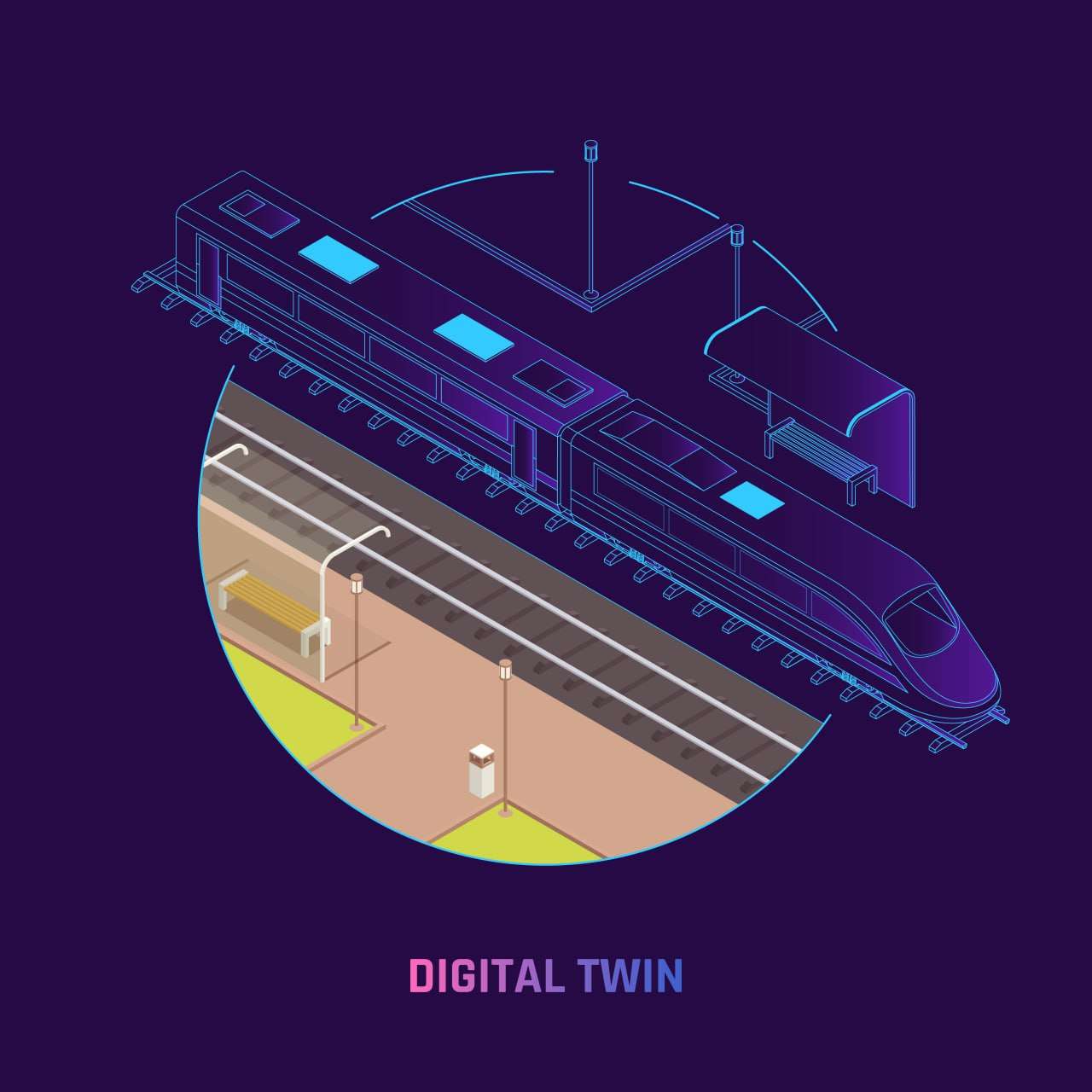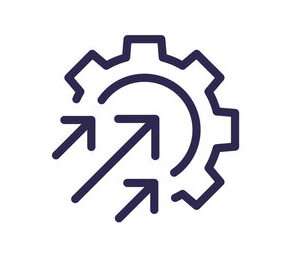
- January 21, 2021
- radars
- 0
Revolutionizing Transportation: The Hyperloop Phenomenon
Hyperloop is a proposed mode of passenger and freight transportation that uses a system of sealed tubes or tunnels through which pods can travel at high speeds. These pods are designed to float above the track using magnetic levitation or air pressure, reducing friction and enabling speeds that could exceed those of traditional modes of transportation like trains and airplanes. The concept, initially proposed by Elon Musk in 2013, aims to provide ultra-fast, energy-efficient, and environmentally friendly transportation over long distances, with the potential to revolutionize the way people and goods are moved from one place to another.
“I think it’s something that would help people, it would be great to see. I encourage it. It’s not something that I think Tesla would create because we’re super focused on automotive and increasingly stationary storage and solar power. But somebody should do it, and if somebody doesn’t do it then maybe Tesla will in the future.”
–Elon Musk
How It Works?
The Hyperloop concept envisions a system where passenger or cargo pods travel at high speeds through a network of low-pressure tubes or tunnels, propelled by magnetic levitation and linear induction motors.
- Hyperloop pods travel through vacuum-sealed tubes to reduce air resistance.
- Magnetic levitation suspends pods above the track, minimizing friction.
- Electric propulsion systems propel pods forward within the tubes.
- Low-pressure environment inside the tubes allows pods to travel at high speeds.
- Energy-efficient design enables Hyperloop to be powered by renewable energy sources.
- Automated control systems ensure safe and precise pod movement.
- Minimal environmental impact due to elevated tracks and small land footprint.
- Potential for autonomous operation, reducing the need for human intervention.
- Integration of renewable energy sources like solar power for sustainable operation.
- Continuous innovation and research aim to optimize efficiency and safety.
Overall, the Hyperloop system aims to provide ultra-fast, energy-efficient transportation with minimal environmental impact, revolutionizing long-distance travel and freight logistics. While the concept holds great promise, practical implementation requires overcoming technical, logistical, and regulatory challenges. Ongoing research and development efforts aim to address these challenges and bring Hyperloop technology closer to reality.

Advantages of Hyperloop

Speed
Hyperloop has the potential to travel at incredibly high speeds, significantly reducing travel times between cities. It's projected to travel at speeds of up to 700 miles per hour (1100 kilometers per hour), which is much faster than traditional modes of transportation like trains and cars.

Efficiency
Hyperloop is designed to be highly energy-efficient. By using electromagnetic propulsion and traveling in low-pressure tubes, it can achieve high speeds with minimal energy consumption compared to other forms of transportation, making it a more sustainable option.

Reduced Congestion
Hyperloop systems can alleviate traffic congestion in densely populated areas by providing a fast and efficient alternative for long-distance travel. By offering rapid point-to-point connections between cities, Hyperloop could help reduce the reliance on congested highways and airports.

Environmental Impact
Hyperloop has the potential to have a lower environmental impact compared to traditional modes of transportation. With its energy-efficient design and reduced reliance on fossil fuels, Hyperloop could help lower greenhouse gas emissions and contribute to efforts to combat climate change.
Disadvantages of Hyperloop
High Initial Costs
The construction of Hyperloop infrastructure involves significant upfront costs, including land acquisition, tunneling, and the installation of specialized technology such as vacuum tubes and magnetic levitation systems. The initial investment required to build Hyperloop systems may pose financial challenges and require substantial funding from governments or private investors.
Technical Challenges
Developing and implementing Hyperloop technology involves overcoming numerous technical challenges. These include ensuring the safety and reliability of the system, addressing issues related to tube integrity and pod propulsion, and designing effective braking and emergency systems. Overcoming these technical hurdles may take time and require extensive testing and research.
Limited Capacity and Network Integration
Hyperloop's high-speed potential between cities may be hindered by limited capacity, particularly during peak times. Integrating its network with existing transportation infrastructure faces logistical challenges, demanding significant investment in intermodal connections and terminals.
